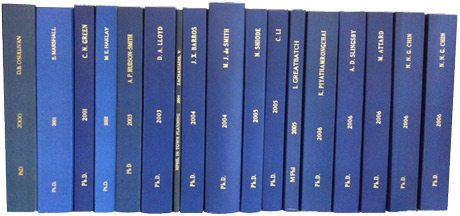Many researchers will have come across inactive URLs in citations, policy documents, and across the web. So-called ‘link rot‘ has been a problem since the start of the web; DOIs were devised as a means to alleviate it.
DOIs are persistent, unique identifiers that are associated with electronic documents. The system, introduced in 2000, allows for documents to be tracked across the web, even if their URL or other details need to be changed. This means, as DOIs increasingly become the standard for academic referencing, that it will be easier to track down digital documents from citations for years to come. DOIs also help ensure that the original, true copy of a digital document is being accessed, giving a greater degree of accuracy when using the web for research.
DOIs also power emerging types of metric, such as Altmetric. Drawing from a limited variety of platforms, including news outlets, peer-review forums, and social media, Altmetric enables an at-a-glance measure of how much public interest a thesis has generated, like this:
DOIs can be added to almost any type of electronic resource available on the web; there are already hundreds of documents from Research Centres at the School that have DOIs associated with them. Minting DOIs is a straightforward process that can add value and longevity to your research, including all the benefits of automatic social media and news tracking. If you would like help getting started minting DOIs, or adding any other type of information to your research records, please contact Research Online.





